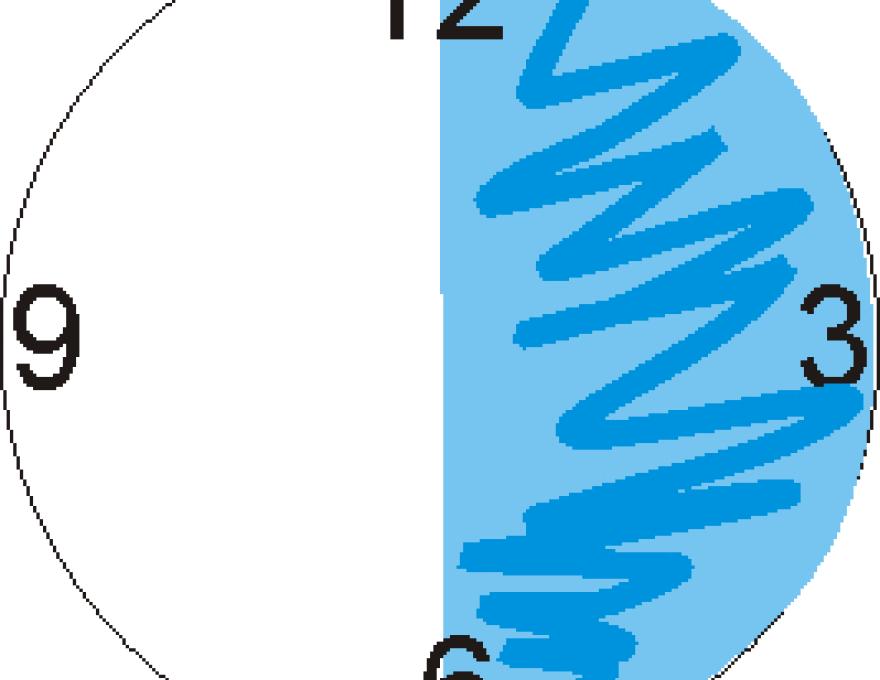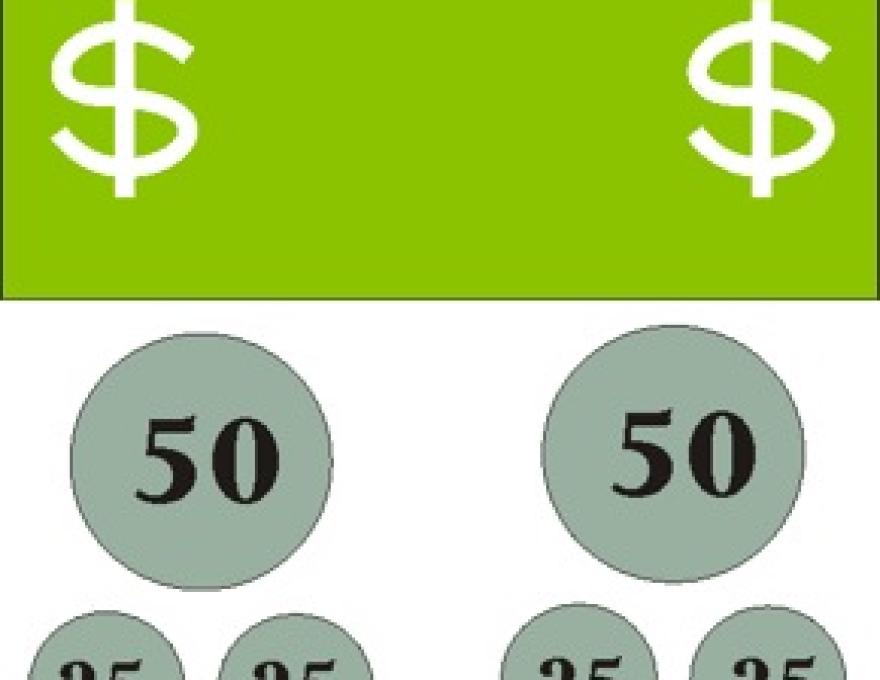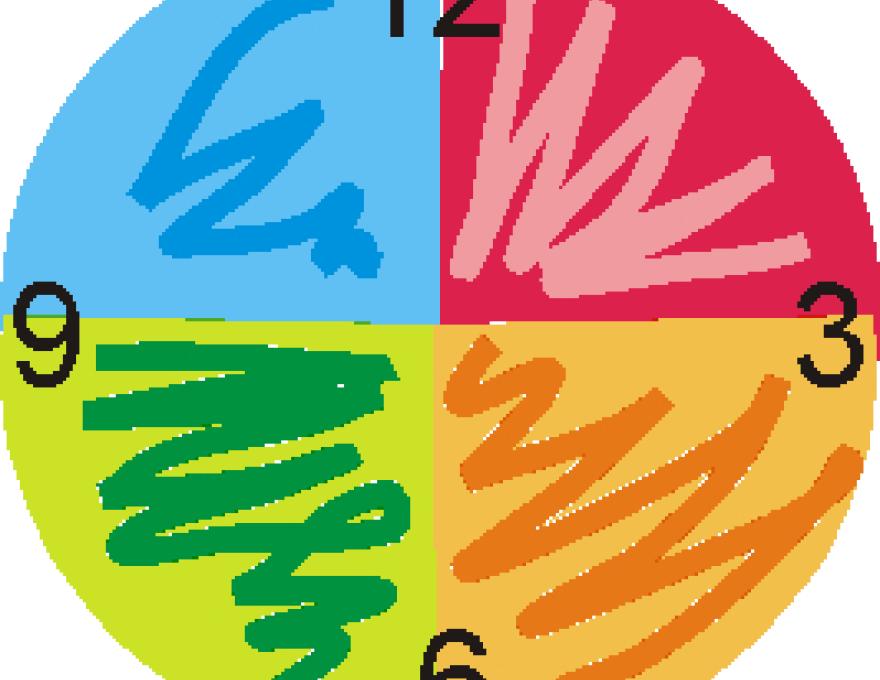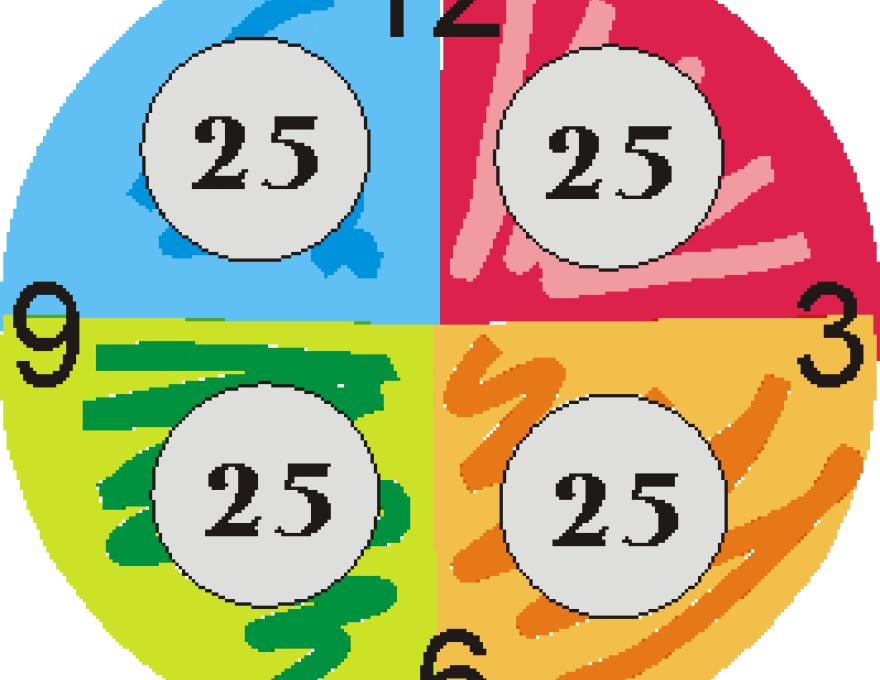by Sarah Major, M.Ed
I did horribly in arithmetic when I was very young. For many years I thought it was because I just had no math ability, but a decade or so ago, I realized the issue was not with my brain, but rather with the fact that math is typically taught in a way that requires a lot of memorization.
And while I historically have done ok with short-term memorization, for long term recall and actual use of the math concepts, memorization just doesn’t work for me. I have learned in the interim that if I truly want to save a lot of time and frustration, rather than trying to just remember something, I need to make myself a hook of some kind (most of the time a visual hook) so that recall is automatic.
Two effective teaching tools:
Using hooks in teaching is incredibly important when teaching right-brain-dominant children, or what we might call visual or kinesthetic learners, or even children who have been labeled with a disability of some kind. Another very important concept that makes learning more meaningful is to teach a concept in context and apply it to as many different scenarios as possible.
For instance, let’s take the concepts of “whole,” “half,” and “quarter.” When I hear those terms I immediately think of their relationship to fractions. But rather than just teach fraction concepts, let’s see how we can use those terms across the board.
Teach the concept of “whole”:
Park on this concept until you are positive your child grasps the meaning behind the word. Use the term in conversation, not just when you are teaching math. “I see you ate the whole thing!” Or “I don’t think we need to slice the whole loaf of bread for dinner.” Or, “I will bet the four of you can eat the whole pizza.” Or “I will give you a whole dollar for your allowance after you rake the leaves.” Or, while looking at an analog clock face, “It takes the minute hand a whole hour to go all the way around the face of the clock – starting at 12:00 and ending back at 12:00.”
Teach the concept of “half”:
Along with helping your child get a rough idea of what “half” means, also introduce the idea that “half” means EQUAL parts. Half can be a really fun concept to teach in or out of the classroom! Give your child a paper clock face and help him or her divide it in half by folding carefully at 12:00 and 6:00. Draw a line on the fold, and then ask him or her to color HALF of the clock face. Say that this is half an hour. Select a pair of socks and identify one sock as half of the pair. When sharing a bowl of grapes between you, use two smaller bowls, one for each of you, and meticulously divide the whole bowl of grapes evenly in half by saying, “One for you and one for me…” until all the grapes are divided into the two smaller bowls in equal number. Show your child how to get half a sheet of paper by folding it carefully in half, creasing the fold, and then carefully cutting on the crease. H or she could finish the activity by drawing a picture of a day time activity on one half of the sheet, representing the daylight half of a day, and a night time activity on the other half sheet of paper to represent the dark half of a whole day. When shopping, tell your child that you have a whole dollar that you are going to share with him or her. Each of you will have half a dollar. Take the time to find two half dollar coins to exchange for the dollar bill.
Teach the concept of “quarter”:

Go back to your paper clock face and this time after you fold it on the 12:00 to 6:00 line, fold it again so that you now have a quarter of a clock face. Unfold the clock face and point out the fold lines. Say, “The clock has four quarters!” Ask your child to color each quarter a different color. With the clock face to one side, lay a dollar bill on the table. Put two half dollars under it, and then take four quarters and show that while the 50 cent pieces are half of a dollar, 2 quarters make up two halves of a 50 cent coin and a quarter of a whole dollar.
 Relate the quarters to the clock face your child colored by placing one quarter of a dollar on each quarter of an hour.
Relate the quarters to the clock face your child colored by placing one quarter of a dollar on each quarter of an hour.
This concept of quarters of course can carry over to the activity of dividing a whole bowl of grapes into quarters – by counting equal numbers into four small bowls.
Show a quarter of a pizza next time you have one, or cut a pancake into quarters, or a pie. The options are unlimited.
Another fun idea would be to carry these ideas into measurement using rice or water and measuring cups. If you have access to a sand box, take the measuring cups and bowls out there to practice whole, half, and quarter.
Most of all, have fun! This will ensure your child loves learning!
Sarah Major, CEO of Child1st Publications, grew up on the mission field with her four siblings, all of whom her mother homeschooled. As an adult, Sarah homeschooled a small group of children in collaboration with their parents, and has taught from preschool age to adult. Sarah has been the Title 1 director and program developer for grades K-7, an ESOL teacher, and a classroom teacher. As an undergraduate student, Sarah attended Wheaton College in Wheaton, Ill. and then received her M.Ed. from Aquinas College in Grand Rapids, MI. In 2006 Sarah resigned from fulltime teaching in order to devote more time to Child1st, publisher of the best-selling SnapWords™ stylized sight word cards. In her spare time Sarah enjoys gardening, cooking, pottery, quilting, and spending time with her family.
Child1st Publications, LLC
www.child-1st.com
704-879-4047
3302 S New Hope Rd
Suite 300B
Gastonia, NC 28056
I did horribly in arithmetic when I was very young. For many years I thought it was because I just had no math ability, but a decade or so ago, I realized the issue was not with my brain, but rather with the fact that math is typically taught in a way that requires a lot of memorization.
And while I historically have done ok with short-term memorization, for long term recall and actual use of the math concepts, memorization just doesn’t work for me. I have learned in the interim that if I truly want to save a lot of time and frustration, rather than trying to just remember something, I need to make myself a hook of some kind (most of the time a visual hook) so that recall is automatic.
Two effective teaching tools:
Using hooks in teaching is incredibly important when teaching right-brain-dominant children, or what we might call visual or kinesthetic learners, or even children who have been labeled with a disability of some kind. Another very important concept that makes learning more meaningful is to teach a concept in context and apply it to as many different scenarios as possible.
For instance, let’s take the concepts of “whole,” “half,” and “quarter.” When I hear those terms I immediately think of their relationship to fractions. But rather than just teach fraction concepts, let’s see how we can use those terms across the board.
Teach the concept of “whole”:
Park on this concept until you are positive your child grasps the meaning behind the word. Use the term in conversation, not just when you are teaching math. “I see you ate the whole thing!” Or “I don’t think we need to slice the whole loaf of bread for dinner.” Or, “I will bet the four of you can eat the whole pizza.” Or “I will give you a whole dollar for your allowance after you rake the leaves.” Or, while looking at an analog clock face, “It takes the minute hand a whole hour to go all the way around the face of the clock – starting at 12:00 and ending back at 12:00.”
Teach the concept of “half”:

Along with helping your child get a rough idea of what “half” means, also introduce the idea that “half” means EQUAL parts. Half can be a really fun concept to teach in or out of the classroom! Give your child a paper clock face and help him or her divide it in half by folding carefully at 12:00 and 6:00. Draw a line on the fold, and then ask him or her to color HALF of the clock face. Say that this is half an hour. Select a pair of socks and identify one sock as half of the pair. When sharing a bowl of grapes between you, use two smaller bowls, one for each of you, and meticulously divide the whole bowl of grapes evenly in half by saying, “One for you and one for me…” until all the grapes are divided into the two smaller bowls in equal number. Show your child how to get half a sheet of paper by folding it carefully in half, creasing the fold, and then carefully cutting on the crease. H or she could finish the activity by drawing a picture of a day time activity on one half of the sheet, representing the daylight half of a day, and a night time activity on the other half sheet of paper to represent the dark half of a whole day. When shopping, tell your child that you have a whole dollar that you are going to share with him or her. Each of you will have half a dollar. Take the time to find two half dollar coins to exchange for the dollar bill.
Teach the concept of “quarter”:

Go back to your paper clock face and this time after you fold it on the 12:00 to 6:00 line, fold it again so that you now have a quarter of a clock face. Unfold the clock face and point out the fold lines. Say, “The clock has four quarters!” Ask your child to color each quarter a different color. With the clock face to one side, lay a dollar bill on the table. Put two half dollars under it, and then take four quarters and show that while the 50 cent pieces are half of a dollar, 2 quarters make up two halves of a 50 cent coin and a quarter of a whole dollar.
 Relate the quarters to the clock face your child colored by placing one quarter of a dollar on each quarter of an hour.
Relate the quarters to the clock face your child colored by placing one quarter of a dollar on each quarter of an hour.This concept of quarters of course can carry over to the activity of dividing a whole bowl of grapes into quarters – by counting equal numbers into four small bowls.
Show a quarter of a pizza next time you have one, or cut a pancake into quarters, or a pie. The options are unlimited.

Another fun idea would be to carry these ideas into measurement using rice or water and measuring cups. If you have access to a sand box, take the measuring cups and bowls out there to practice whole, half, and quarter.
Most of all, have fun! This will ensure your child loves learning!
Sarah Major, CEO of Child1st Publications, grew up on the mission field with her four siblings, all of whom her mother homeschooled. As an adult, Sarah homeschooled a small group of children in collaboration with their parents, and has taught from preschool age to adult. Sarah has been the Title 1 director and program developer for grades K-7, an ESOL teacher, and a classroom teacher. As an undergraduate student, Sarah attended Wheaton College in Wheaton, Ill. and then received her M.Ed. from Aquinas College in Grand Rapids, MI. In 2006 Sarah resigned from fulltime teaching in order to devote more time to Child1st, publisher of the best-selling SnapWords™ stylized sight word cards. In her spare time Sarah enjoys gardening, cooking, pottery, quilting, and spending time with her family.
Child1st Publications, LLC
www.child-1st.com
704-879-4047
3302 S New Hope Rd
Suite 300B
Gastonia, NC 28056









